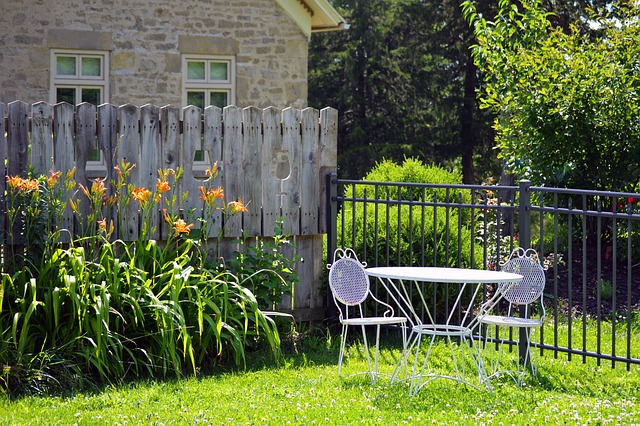Handling a boundary dispute with your neighbour
 With the summer soon approaching an increasing number of homeowners will be thinking about undertaking a variety of upgrades and renovations to their gardens and other outdoor space. Unfortunately, an improvement in the weather means it should come as no surprise that we’d also expect to see a gradual increase in the number of boundary disputes that take place between neighbours.
With the summer soon approaching an increasing number of homeowners will be thinking about undertaking a variety of upgrades and renovations to their gardens and other outdoor space. Unfortunately, an improvement in the weather means it should come as no surprise that we’d also expect to see a gradual increase in the number of boundary disputes that take place between neighbours.
Concerns can be raised over where your neighbour’s property ends and yours begins during these times of home renovations, especially when it comes to things such as carrying out general DIY on a fence and painting or repairing party walls. These concerns can lead to fully fledged boundary disputes which can be stressful and costly to endure - not to mention extremely difficult to live with due to the unfriendly tension that can develop between yourself and the people who live next door.
Boundary dispute examples
There are a number of common boundary disputes that neighbours raise against each other.
The most common disputes include:
- Disagreements with who owns a particular fence or wall that separates two or more properties
- Unmaintained foliage that overhangs
- Property extensions that are deemed intrusive
- Pipes and drain position disputes
- Uncertainty over rights of way
- Disagreements with who has the responsibility of repair
- Disputes over survey results
What determines the start and end of a boundary?
The titles deeds of a property is usually a good place to start when trying to determine the boundaries. However, title deeds don’t always provide the full answer so you may also need to scour through all the documents you received when you purchased the property in order to shed some further light on your particular boundary concern.
Making head and tail of boundaries isn't always as straight forward as you might imagine, so it could be a good idea for both yourself and your neighbour to look through your own documentation and then compare them with each others to see if it makes things any clearer. However, even with this evidence to hand it doesn’t mean both parties will agree with they see, or the boundary may have even changed over time.
Resolving a boundary dispute
Even the most friendliest of relationships between neighbours can unfortunately turn sour over property disputes. The situation can often lead to real unhappiness with some families even thinking about moving home, but with communication, a willingness to work with each other and, if required, some legal assistance, it is possible to settle any dispute in a positive manner.
It doesn't help when boundaries between properties and who is responsible or in ownership of them isn’t made clear, so this is the reason so many boundary disputes take place. Many boundary disputes are settled amicably without the need for any court action, but the longer a case goes on, the more stressful and complicated it can become for each party. Therefore, it’s important to maintain open communication throughout and seek specialist legal advice at the earliest opportunity.
If you have uncertainty over where a boundary lies, or question marks over who is responsible for specific maintenance and repairs, get in touch with our civil litigation experts so that we can discuss your situation and advise you on your rights and responsibilities. Call Fonseca Law today on 01495 303124, e-mail enquiries@fonsecalaw.co.uk or complete our simple online contact form.
